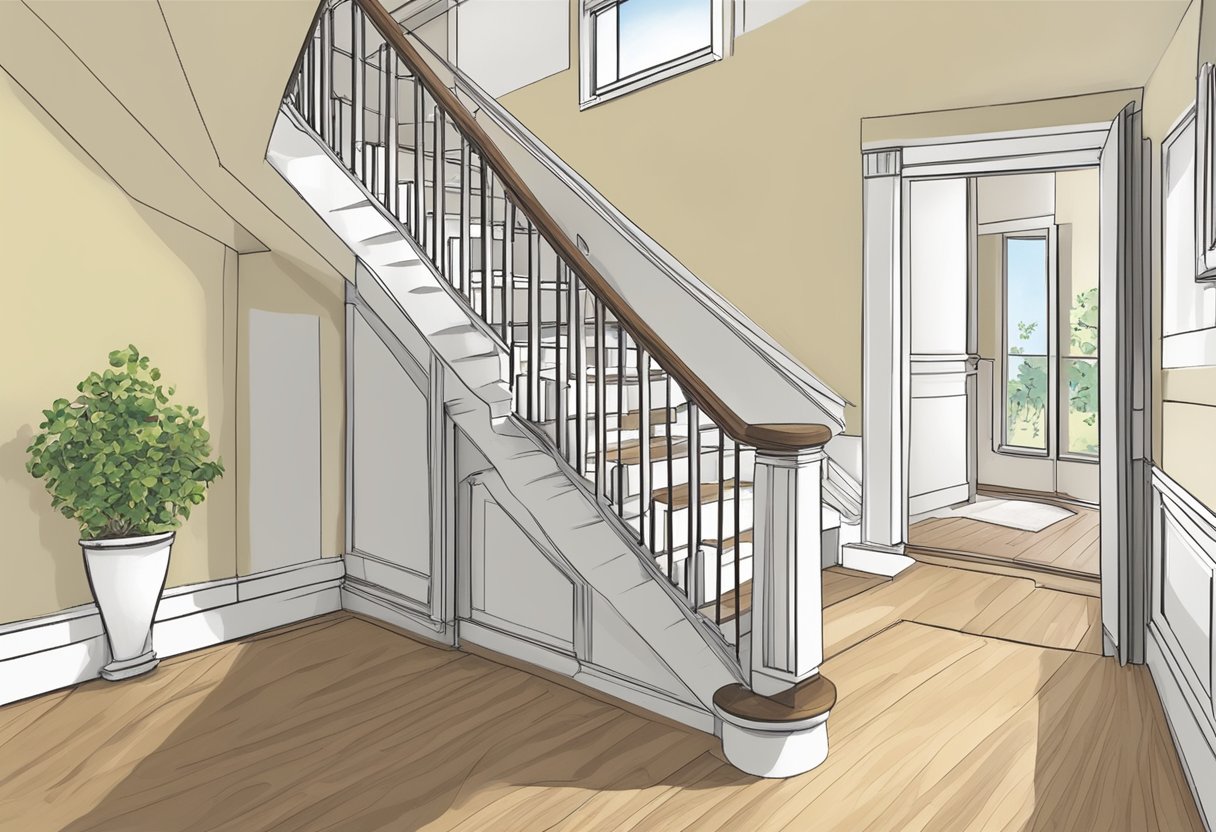Check Best Thermostat Pricing in Amazon
** As an Amazon Associate, I earn from qualifying purchases.
When it comes to heating and cooling a home, one of the most important decisions homeowners face is where to place the thermostat. Specifically, should it be located upstairs or downstairs? This question is often debated among homeowners, HVAC professionals, and builders alike. While there is no one-size-fits-all answer to this question, there are several factors to consider when deciding where to place your thermostat.
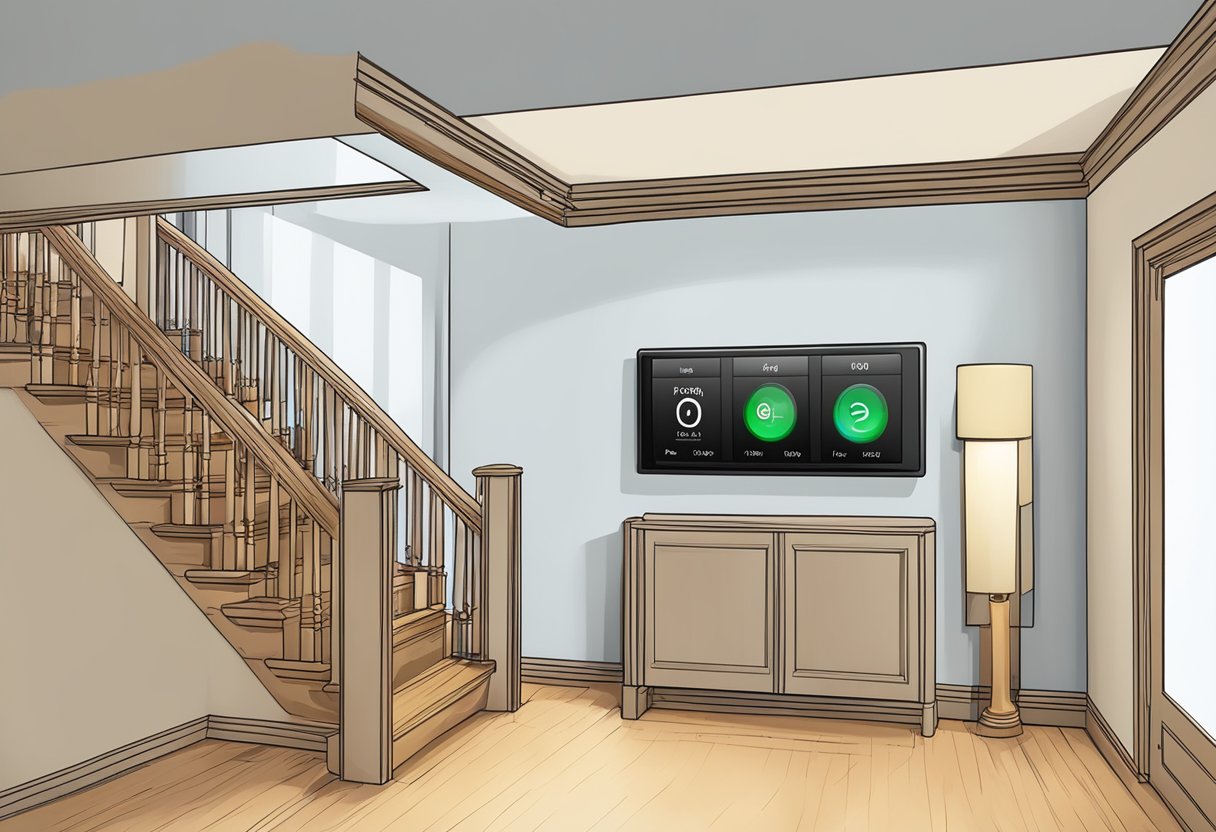
One of the main factors to consider is the natural flow of air in your home. Heat rises, so if your thermostat is located on the first floor of a multi-level home, it may not accurately reflect the temperature in the upstairs bedrooms. Conversely, if your thermostat is located on the second floor, it may not accurately reflect the temperature in the lower level of your home.
This can lead to uneven heating and cooling throughout the home, which can be uncomfortable and inefficient. Another factor to consider is the location of windows and doors. If your thermostat is located near a drafty window or door, it may not accurately reflect the true temperature of the room.
Understanding Thermostat Placement
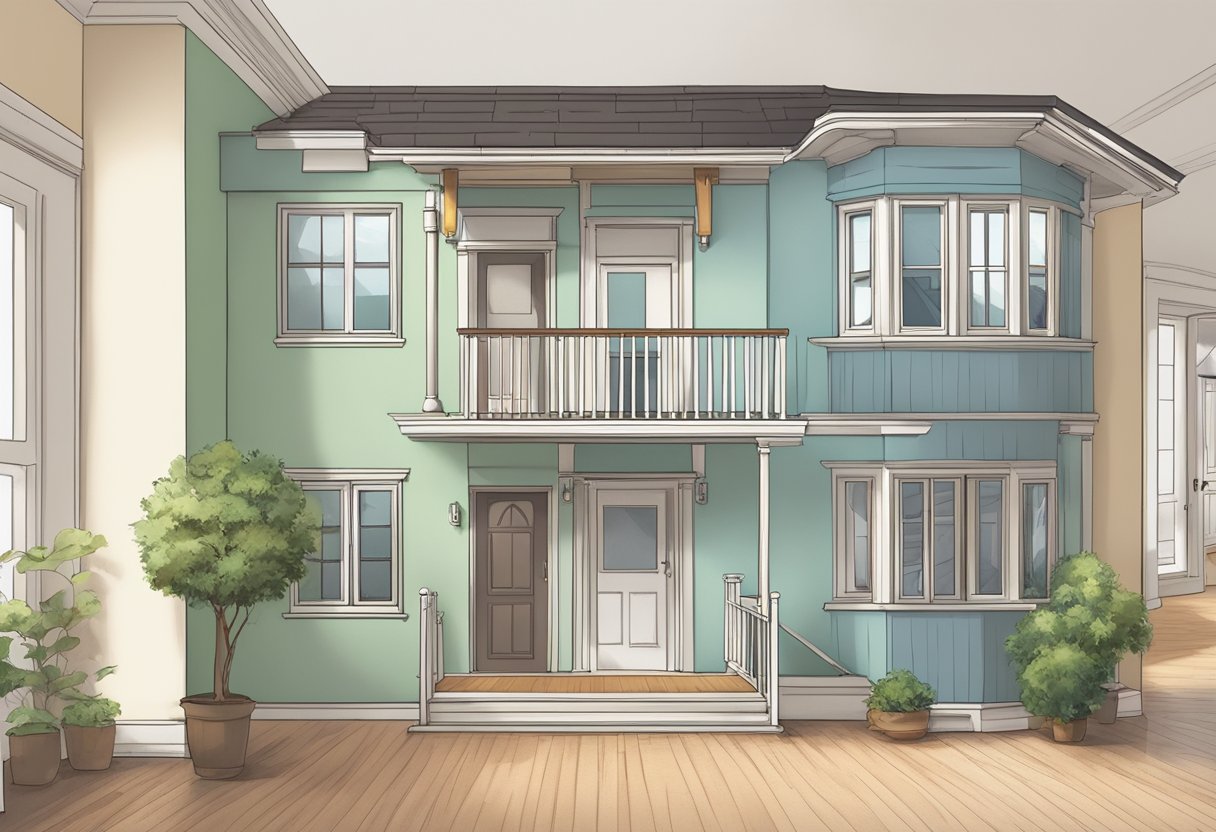
When it comes to the placement of a thermostat, there are a few key factors to consider. This section will discuss the principles of heat distribution and the functionality of a thermostat to help readers understand the importance of proper placement.
Heat Distribution Principles
Heat naturally rises, so it’s common to assume that a thermostat should be placed upstairs to regulate the temperature effectively. However, this isn’t always the case. In a multi-level home, the temperature can vary significantly between floors, and placing the thermostat upstairs may result in the lower level being too cold or too warm.
To ensure even heat distribution throughout the home, it’s essential to consider factors such as insulation, air leaks, and the location of vents and ducts. Proper insulation and sealing of windows and doors can help prevent heat loss, while ensuring that vents and ducts are clean and unobstructed can improve airflow and temperature regulation.
Thermostat Functionality
The primary function of a thermostat is to monitor and regulate the temperature of a home. Most modern thermostats are programmable and can be set to adjust the temperature based on the time of day or specific preferences. However, the location of the thermostat can impact its functionality.
Placing a thermostat in direct sunlight or near a heat source can cause inaccurate temperature readings and result in inefficient heating or cooling. It’s best to place the thermostat in a central location away from direct sunlight and heat sources, such as a hallway or living room.
In summary, understanding the principles of heat distribution and the functionality of a thermostat is crucial for proper placement. Additionally, placing the thermostat in a central location away from direct sunlight and heat sources can improve its functionality and accuracy.
Factors to Consider
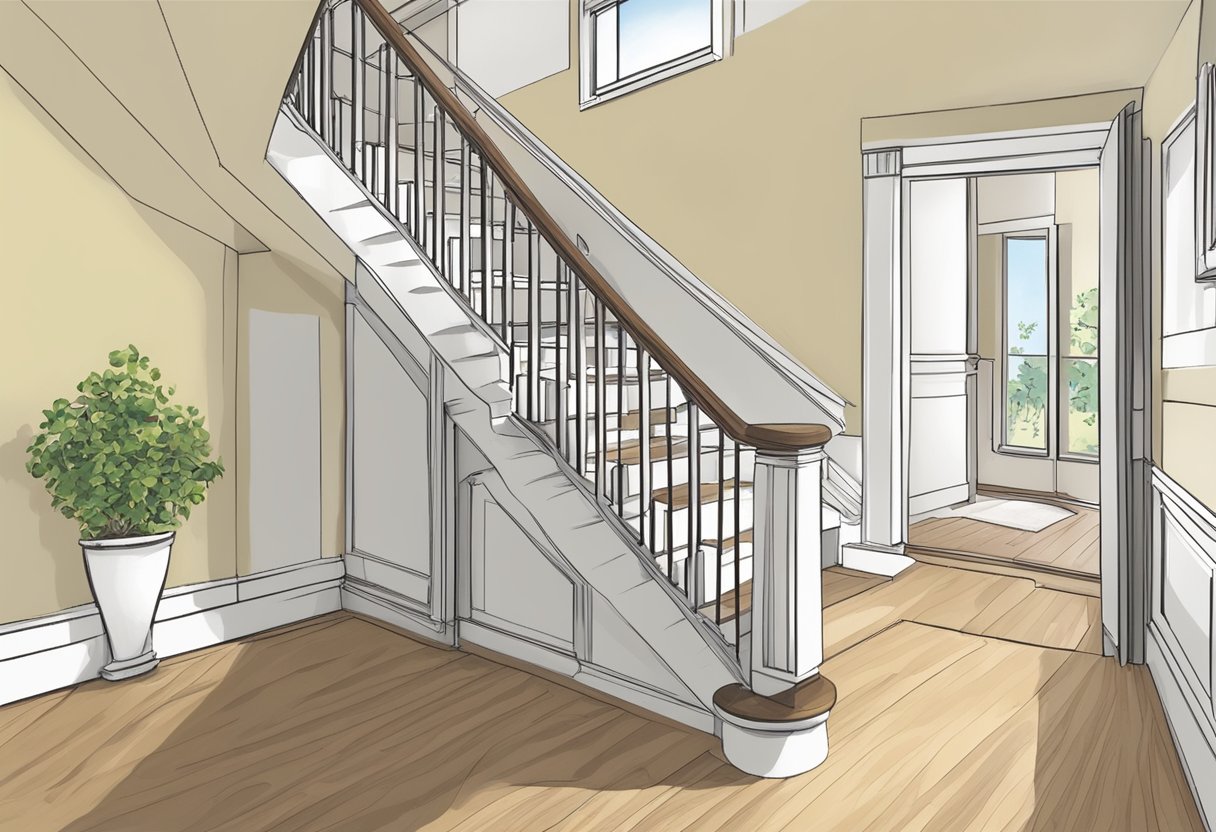
When deciding whether to install a thermostat upstairs or downstairs, there are several factors to consider. These include the home layout, multi-level heating and cooling, and temperature variations.
Home Layout
The layout of a home plays a crucial role in determining where the thermostat should be installed. If the home has multiple levels, it is important to consider the location of the thermostat in relation to the main living areas. For example, if the main living areas are located on the upper level, it may be more convenient to install the thermostat upstairs.
Multi-Level Heating and Cooling
If the home has a multi-level heating and cooling system, it is important to consider which level requires the most heating or cooling. For example, if the upper level of the home requires more heating or cooling than the lower level, it may be more efficient to install the thermostat upstairs.
Temperature Variations
Temperature variations throughout the home should also be taken into account when deciding where to install the thermostat. If there are significant temperature differences between the upper and lower levels of the home, it may be necessary to install separate thermostats on each level.
Pros and Cons of Upstairs Placement
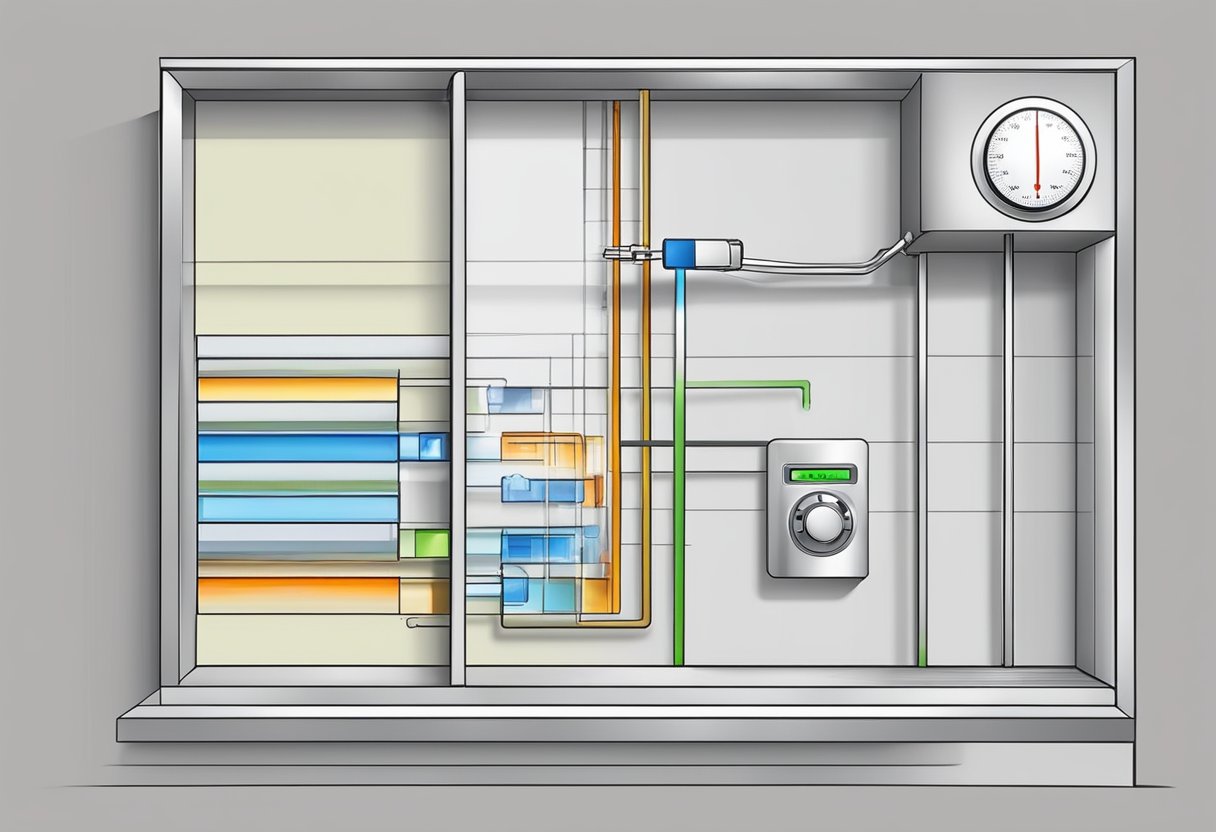
Advantages of Upstairs
Placing the thermostat upstairs has several advantages. Firstly, since heat rises, the temperature upstairs tends to be higher than downstairs. By placing the thermostat upstairs, it can more accurately measure the temperature where people spend the most time. This can lead to more efficient heating and cooling, as the system will not have to work as hard to maintain the desired temperature.
Another advantage of upstairs placement is that it can help to balance the temperature throughout the house. If the thermostat is located downstairs, the upstairs rooms may be too warm while the downstairs rooms are too cool. By moving the thermostat upstairs, the system can better regulate the temperature throughout the house.
Disadvantages of Upstairs
Despite the advantages, there are also some disadvantages to placing the thermostat upstairs. One potential issue is that the upstairs temperature may not accurately reflect the temperature in the rest of the house. For example, if there is a draft or if the downstairs windows are open, the temperature upstairs may be significantly different from the rest of the house.
Another potential issue is that the upstairs temperature may be too warm, especially during the summer months. Since heat rises, the upstairs rooms may be significantly warmer than the rest of the house. This can lead to overcooling, as the thermostat will continue to run even if the rest of the house is at the desired temperature.
Pros and Cons of Downstairs Placement

Advantages of Downstairs
When it comes to placing the thermostat, one of the most common locations is downstairs. There are several advantages to this placement. First, since heat rises, it may be more efficient to have the thermostat downstairs, where it can better detect the actual temperature of the living space. This can help ensure that the heating system runs only when it is needed, which can save energy and money.
Check Best Thermostat Pricing in Amazon
** As an Amazon Associate, I earn from qualifying purchases.
Another advantage of having the thermostat downstairs is that it may be easier to access and adjust. This is especially important for individuals with mobility issues or those who have trouble climbing stairs. Additionally, if the thermostat is located in a central area, such as the living room, it can be more convenient to adjust the temperature throughout the day.
Disadvantages of Downstairs
While there are several advantages to having the thermostat downstairs, there are also some potential drawbacks to consider. First, if the thermostat is located in a cooler area, such as a basement or near a drafty door, it may not accurately reflect the temperature of the rest of the living space. This can result in the heating system running more than necessary, which can waste energy and increase utility bills.
Another disadvantage of having the thermostat downstairs is that it may not be as effective in detecting changes in temperature throughout the house. For example, if there are rooms upstairs that are significantly cooler or warmer than the rest of the living space, the thermostat may not detect these changes and adjust the heating system accordingly. This can result in uneven heating and discomfort for occupants.
Techniques for Optimal Thermostat Placement
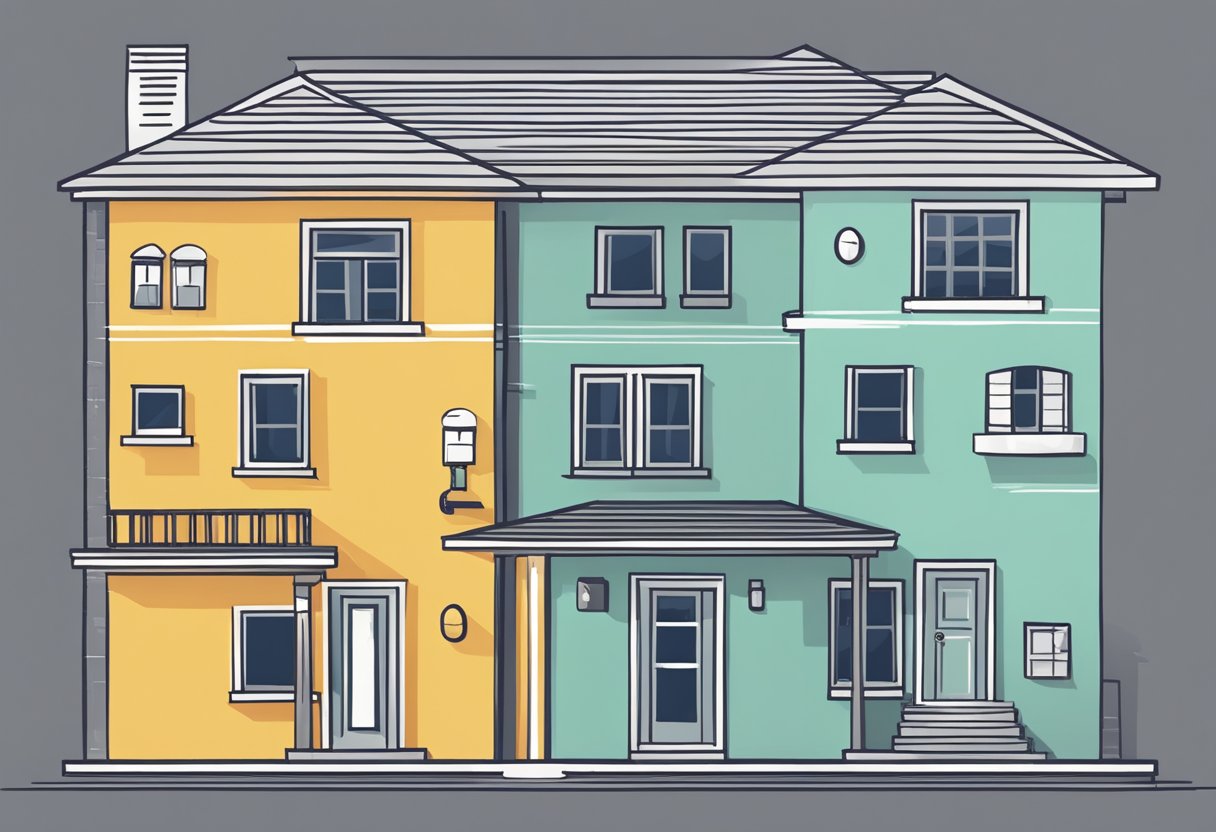
Strategic Positioning
When it comes to deciding where to place a thermostat, strategic positioning is key. The thermostat should be placed in a central location where it can accurately measure the temperature of the entire space. This means avoiding areas that are too close to windows, doors, or other sources of heat or cold air.
It is also important to consider the layout of the home and the flow of air. If the home has multiple levels, it may be beneficial to have a thermostat on each level to ensure that each area is properly heated or cooled.
Use of Remote Sensors
Another technique for optimal thermostat placement is the use of remote sensors. These sensors can be placed in various rooms throughout the home to provide a more accurate reading of the temperature in each area. This allows the thermostat to adjust the temperature based on the needs of each room, rather than relying solely on the temperature in one central location.
Remote sensors can be especially beneficial in homes with multiple levels or rooms that are difficult to heat or cool. They can also be useful for homes with large windows or areas that receive a lot of sunlight, as these areas may have different temperature needs than the rest of the home.
Expert Recommendations

When it comes to deciding whether a thermostat should be placed upstairs or downstairs, experts have varying opinions. However, there are some general recommendations that can be helpful for homeowners.
- Consider the layout of your home: If your home has multiple levels, it is recommended to place the thermostat on the main level where the family spends most of their time. This is because the temperature on the main level is likely to be a better representation of the overall temperature of the home.
- Take into account the direction of the sun: If your home gets a lot of sunlight, it is recommended to place the thermostat in a location where it is not directly exposed to the sun. This is because direct sunlight can cause the thermostat to read a higher temperature than the actual temperature of the home.
- Avoid placing the thermostat near drafty areas: It is important to avoid placing the thermostat near drafty areas such as windows, doors, or vents. This is because the thermostat may read a lower temperature than the actual temperature of the home if it is exposed to drafts.
- Consider zoning your home: If you have a larger home with multiple levels, it may be beneficial to consider zoning your home. This allows for different temperature settings in different areas of the home, which can help to increase energy efficiency and comfort.
Overall, it is important to consider the unique layout and features of your home when deciding where to place your thermostat.
Common Myths and Misconceptions

When it comes to the placement of thermostats, there are several myths and misconceptions that people often believe. Here are a few:
Myth #1: The thermostat should always be placed on the main level of the house.
While it may seem logical to place the thermostat on the main level of the house, this is not always the best option. In fact, if the main level of the house is significantly warmer or cooler than the upper level, placing the thermostat on the main level can result in inefficient heating and cooling.
Myth #2: A thermostat in each room is the best way to regulate temperature.
While it may seem like having a thermostat in each room would be the most precise way to regulate temperature, this is not necessarily true. In fact, it can be quite expensive to install and maintain multiple thermostats, and it may not be necessary if the house is well-insulated and properly sealed.
Myth #3: A programmable thermostat will automatically save money on heating and cooling bills.
While a programmable thermostat can help homeowners save money on their heating and cooling bills, it is not a magic solution. In order to see real savings, homeowners must program the thermostat correctly and use it consistently. Additionally, if the house is poorly insulated or has leaks, a programmable thermostat may not be enough to significantly reduce energy costs.
Final Thoughts

After exploring the pros and cons of having the thermostat upstairs or downstairs, it is clear that there is no one-size-fits-all answer to this question. Ultimately, the decision should be based on individual preferences and the layout of the home.
Those who prefer a cooler sleeping environment may benefit from having the thermostat on the lower level, while those who prefer a warmer sleeping environment may prefer to have it upstairs. It is important to keep in mind that heat rises, so having the thermostat on the upper level may result in a warmer lower level.
Additionally, the layout of the home should be considered. If the majority of the time is spent on the lower level, it may make sense to have the thermostat located there. On the other hand, if the upper level is where most of the activity takes place, it may be more practical to have the thermostat upstairs.
Check Best Thermostat Pricing in Amazon
** As an Amazon Associate, I earn from qualifying purchases.

